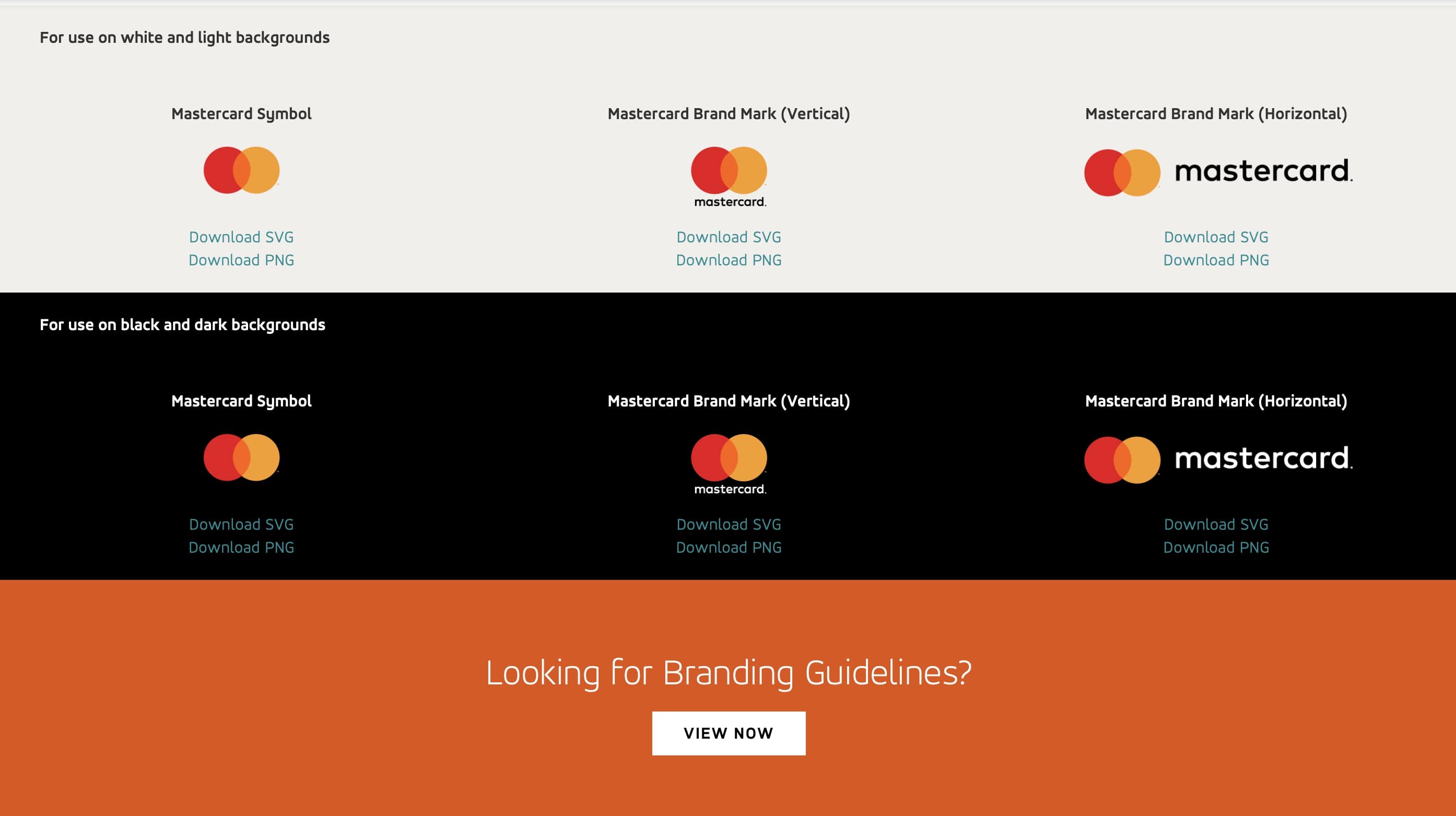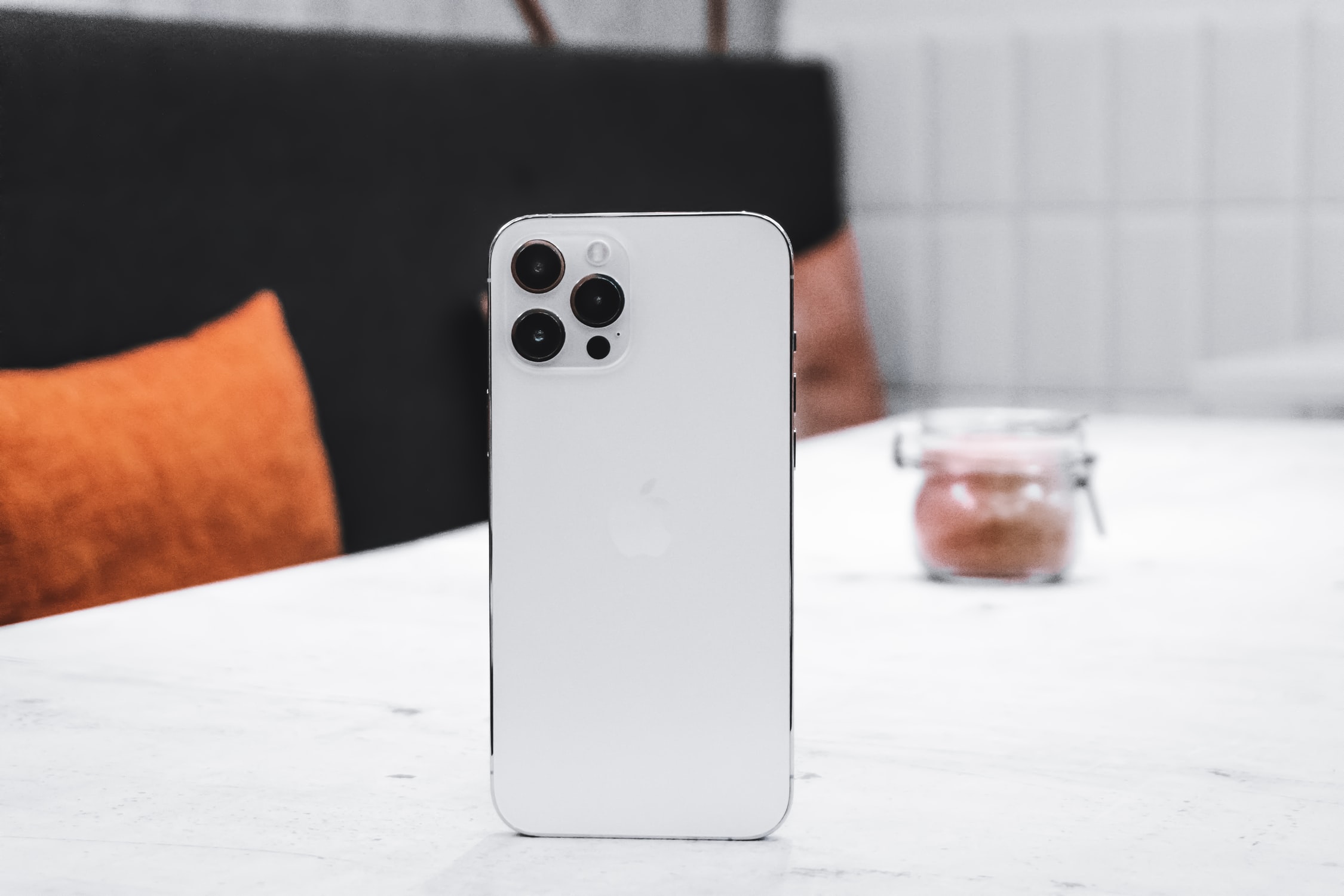How To Write a Powerful Brand Positioning Statement (With Examples).
Image this: You are in the process of releasing your latest venture. You have also spent countless hours, days, weeks, months, even years deciding what separates the product from the competition and establishing your company’s branding.
But how do you guarantee that your marketing activities fit with the brand? Branding plays a important role in a business’s growth, and good branding demonstration boosts sales by up to 23%. Each piece of content you create should explicitly express the company’s core values and brand no matter where customers encounter it, be it visiting your business website, viewing advertising, or checking out your Twitter profile.
The Brand Positioning Statement will constitute the backbone of your work, whether you are building a new brand or upgrading a current one. It is the “foundation” of your marketing and directs everything from your product design and promotional strategies to how you respond to the phone in the office.
What is a Brand Positioning Statement?
On this blog, we’ve spoken a lot about the importance of understanding your clients. Uncovering audience insights offers you a strategic edge by helping you to reach and better connect with your consumers’ needs through your marketing.
Check Out:
However, you also have to fully comprehend your brand. That may sound absurd: you must have understood your company more than anyone else, right? But a brand is a multifold entity, which makes your marketing get diffused more easily.
Are your company’s values echoed in the public’s beliefs? Can you really know the way your customers perceive your brand? It is where Brand Positioning Statement kicks in.

A Brand Positioning Statement explains what your company offers, who you target the most, why you are doing it, and the value of your brand, in a clear, concise statement. You will need to get perfectly clear on these facets of your market to craft your Positioning Statement.
Brand Positioning Statement serves as a means to communicate the value proposition to the ideal customers when pointing out the personality, intent, and defining characteristics of the brand.
Generally, the statement would be an internal document, but it can be used as a reference for your customers to guarantee consistency in all service activities. Brand Positioning is sometimes referred to as a plan for positioning, brand strategy, or Brand Positioning Statement.
Brand positioning takes place whether or not a company is active in developing a position; however, if organizations take a thoughtful, forward-looking strategy, it can significantly improve its brand positioning in the eyes of its targeted audience.
What are the core elements of a Positioning Statement?
You must first have a clear understanding of your brand, as stated earlier in this article if you want to compose your Positioning Statement. A Brand Positioning Statement entails the following core elements being defined:
- Core demographic
- Market bracket
- Customer pain
- Brand promise
- Brand name and values
- Mission
Core Demographic.
The “who” element of your statement is your target demographic. Simply described, core demographic the category of customers you’re aiming at for your goods or services
You should be relevant to at least one group of consumers, which narrows down to the idea that, even if your products are suitable for everyone, you should still be selecting specific groups of buyers with whom your messaging can resonate the most.

In terms of a “buyer persona,” one of the easiest ways to describe a reliable target demographic is by thinking about who would be the most likely to use your products.
You can form Buyer personas through data analysis, questionnaires, and interviews — all with a mix of customers, potential customers, and even consumers outside your contacts database who might match up with your core values.
Here are some realistic strategies for collecting the data you need to build personas:
- Check your archive of connections to discover patterns in how your customers or leads find out and absorb content.
- Use form fields to collect identity details when designing forms to use on the website. For instance, if your target audience differ based on company size, ask each lead for their opinions about company size on your forms.
- Consider the sales team’s input about the leads they’re engaging with often. What generalizations can they make about the various consumer groups that you serve best?
- Interview customers and potential customers to find what they like about your product or service.
Market Category.
Buyers and sellers form a market, and a specific subset of the market is a category. For the most part, Market Category is where you compete for the share of the category’s customers with other manufacturers.
Whether your market category is perfected and stable or you are a part of new markets or needs, you’ll always need to identify who the buyers are, where they’re looking for goods and services, and who currently has their interest in you. You’ll want to identify what your competitors provide and how you can position your brand against them.

Or, you can try applying these 4 Business-Level strategies to stay on top of your industry, icluding: Cost Leadership, Focused, Differentiation, or Integrated Cost Leadership/Differentiatio
The strategy fits you depending on the unique needs of the business and your core skills.
- Cost leadership Strategy helps to increase your market share by concentrating on low-cost commodities.
- Focused Strategy helps to win a small market segment by highly focusing on customers in that segment.
- Differentiation Strategy allows you to increase your market share by concentrating on goods or services that no others have.
- Finally, Integrated Cost Leadership/Differentiation Strategy allows you to offer unique yet reasonably priced items.
Customer Pain.
Simply put, customer pain points are a particular challenge that the company’s customers or potential customers are facing in their buying journey. Today, these topics may be incredibly complex, and it might not be as straightforward to recognize all of them as you think. Digging into the root cause of the pain points with the customer requires a degree of creative thinking and putting yourself in the customers’ shoes.
There are three areas to work on when it comes to Customer Pains 1) Finding your customer’s pain point. 2) Taking home their trust 3) Solving the pains
Let’s delve into each of these.
1) Finding your customer’s pain point.
1.1) Pain Points for Productivity.
This category includes all pain points where, when dealing with corporations, the consumer needs your service to be faster or wants a more seamless experience. Those customers want to make the best of their time, but they would be annoyed with something that brings ambiguity to the shopping process.
If you want to tackle productivity pain points, you may want to rely on the following criteria when it comes to the goods you offer
- Productivity optimization
- Increase comfort
- Simplicity

1.2) Support Pain Points: Support pain points are when shoppers are not getting adequate assistance during their shopping process.
1.3) Financial Pain Points: Things like Costly subscription plans or memberships; items of low quality that would need to be replaced regularly; fees get increased at the checkout; lack of openness about the final price; fees leap drastically within a certain amount of time.
1.4) Process pain points are instances where, due to sub-optimal systems, the company is causing frustration or pain to customers. I think we all have been through this; for example, the call center is only open for 8 hours a day, or customers have to rummage through loads of pages on your website just to get the answers they need.
2) Taking home their trust
You can do so by offering them transparency, as there’s nothing wrong with taking customers on the journey to a brighter future for your company. If you’re rendering changes to address pain points, then tell your customers. If you have made changes in the past, telling the story of how you have identified and addressed these pain points is an excellent way to let customers know that you value their experience. Offering customers transparency will make customers more confident about your brand, and they will be more likely to keep your company on top of their list.
3) Solving the pains
There are several pain points for consumers that the business does not need significant investment to solve. For example, here are some other common customer pain points.
- Rude workers: This is simple to address. You may need to do some analysis on just what customers consider disrespectful (besides the obvious) and educate your staff to interact with hostile or offensive customers without exacerbating the situation
- Not being listened to: Customers dislike having to repeat themselves because it makes them feel like you’re not involved and concentrating on supporting them in the conversation.
- Putting people on hold: No one likes being overlooked or undervalued. In an environment where consumers demand instant responses and consideration, keeping customers on hold is a fast way to lose them. According to some studies, putting consumers on hold for one minute would result in 60 percent of them hanging up.

Brand Promise:
The 4th core element you need to define to write a powerful Positioning Statement is Brand Promise:
Brand Promises are what the target audience expects to achieve by using your product or service, whether your products solve their pain or dilemma in a manner that benefits them or your products are what success feels like to them.
Any successful companies understand their success depends on listening to and respecting the consumer, inspiring workers to achieve perfection, ensuring that brand expectations are met on the front line, and innovating in tandem with business trends.
Here are some examples of Brand Promises:
- Geico: “15 minutes or less can save you 15% or more on car insurance.”
- Coca-Cola: “To inspire moments of optimism and uplift.”
- Nike: “To bring inspiration and innovation to every athlete in the world.”
- Apple: “Think different.”
A brand might strive to be the most economical option accessible by not having brick-and-mortar stores. A software company might promise to have the most specialized technology that provides more outstanding performance.
Whatever the cause, the promise must be backed up by something.
Then you should take these elements into the following Brand Positioning Statement template and match them:
[Brand name] is a [1] company that provides [2] and [3] by [4].
Brand name and values.
The 5th element is brand values and names, or identity.
Brand identity is the company’s style, which encapsulates both noticeable aspects (such as logo design) and less visible elements (such as values or voice). Brand identity is one factor that will set you apart from competitors and help you gain recognition from your target audience.
Here are some examples of Brand Identity:


Values are the “how you do it” component of the brand that builds the organization’s ethos and leaves your target audience with an impression. They are the intangible techniques in which you carry out your mission and objective.
Here are some examples of Brand Values:
- BMW: Integrity, Respect, Responsibility, Growth.
- LEGO: Creativity, Fun, Imagination.
Brand Mission.
Last but not least, Brand Mission plays a pivotal role in composing your Brand Positioning Statement.
Put it simply, Brand Mission is the “why you do it” part of your brand. Brand Mission can also include a basic overview of the company, its role, and its goals.
What does a good mission statement sound like with that in mind?
- TED: Spread ideas.
- Tesla: To accelerate the world’s transition to sustainable energy.
- Universal Health Services, Inc.: To provide “superior quality healthcare services that: PATIENTS recommend to family and friends, PHYSICIANS prefer for their patients, PURCHASERS select for their clients, EMPLOYEES are proud of, and INVESTORS seek for long-term returns.”
Check Out: How To Create A Strong Customer Service Philosophy?
How to write a powerful Positioning Statement for your brand?
Before you begin writing, make sure that you have established the value proposition of your business. You’ll want to define your target customers, their pain points, and how they can match their expectations with your offering. What’s the promise that consumers get from your brand? And how is the company going to deliver on the promise? What are the competition’s key differentiators?
Once you fully understand these factors, it’s time to create your Brand Positioning Statement.
Here is a template for you to use.
For [your target customers] who need [target market need], [your brand name] is the [market category] that will help you [brand promise] because only [company name] is [reason to believe].
You can use this template to create a Positioning Statement for your start-up or a small company. Put in the particulars of your target demographic, organization, and the key points that make your product or service stand out from rivals. Each company is different, and if the argument doesn’t quite match the template, it’s fine; just make sure to include the key points.
- A target market description.
- A target market needs’ description.
- How your business will fulfill customers’ needs.
- Which separates your product or service from the competitors?
- Why people should believe your brand’s promises?
A few more tips for your Brand Positioning Statement.
1. Keep it short and memorable.
The Brand Positioning Statement needs to be succinct and to the point. If possible, try no more than three to five sentences. This statement should be specific to your business and to the challenges you are trying to address. Make sure to highlight the distinguishing characteristics of your brand while crafting your Positioning Statement.
2. Search for the blank space in the category
If your competitors are targeting “efficiency” to men, then think about targeting “security” to women.
3. Ensure you promise your promise.
If you promise something to your customers, ensure your brand works on delivering your picked point of difference.

Who does your brand serve? How does your brand serve this community? Expressly state who your targeted customer is and how you can help them in your Brand Positioning Statement.
4. Be original.
The Positioning Statement of your brand should honestly explain your business’s core values.
5. Don’t overthink the name of your category
Think about how your brand may develop in the long term. Don’t restrict yourself if you don’t have to.
6. Define the category in their words, not yours
Don’t define your category as you want it to be. Instead, think about how the customer interprets it. While a bank can try to be the “Primary Financial Institution” of a customer, customers don’t say, “I have to go to withdraw my money at my primary financial institution.” They simply go to the bank.
7. Design the reasons to believe
Once you have made the Positioning Statement, the next step is to establish the reasons to believe. For instance, L. L. Bean’s distinctive point of difference used to be “outdoor quality that lasts.” Their life-long guarantee was a crucial justification for customers to put faith in them. Today, they are getting away from this message as the company transforms into a luxury brand, but their Brand Positioning Statement stays the same.
8. Brand Position rarely changes
Marketing strategies can change over time, but strategic positioning should not. Take the time to make it right in the first place and stay with it unless your target category changes and your positioning is no longer applicable. Bear in mind that people tend to think of brands that change positioning as messy.
9. Engage others in the process of writing a Brand Positioning Statement.
When composing your Brand Positioning Statement, you may want to involve employees and/or customers from your business. Company owners sometimes assume that all of their employees have grasped the company’s philosophy and know the company’s point of difference, only to find out employees see the brand very differently from each other. In the process of writing a Brand Positioning Statement, these diverse viewpoints can be advantageous and help you find the right (and most truthful) position for success.
10. All the elements need to work together
Your differentiators should be unique within your industry and relevant to your target audience. It may be better to choose a broad category and target audience instead of spreading your brand too small.
Ten examples of Brand Positioning Statements that help increase revenue
1. Apple
Apple’s Brand Positioning Statement.

“(1) Apple (2) revolutionized personal technology with the introduction of the Macintosh in 1984. Today, (1) Apple leads the world in (2) innovation with iPhone, iPad, Mac, Apple Watch, and Apple TV. Apple’s five software platforms — iOS, iPadOS, macOS, watchOS, and tvOS — (3) provide seamless experiences across all Apple devices and empower people with breakthrough services including the App Store, Apple Music, Apple Pay, and iCloud. (4) Apple’s more than 100,000 employees are dedicated to making the best products on earth, and to leaving the world better than we found it.”
(1): Brand name (2): Category (3): Brand Promise (4): Reason to believe
2. Coca-Cola.
Coca-Cola Positioning Statement:

“For (1) individuals looking for high-quality beverages, (2) Coca-Cola offers (3) a wide range of the most refreshing options — each creates a positive experience for customers when they enjoy a Coca-Cola brand drink. (4) Unlike other beverage options, Coca-Cola products inspire happiness and make a positive difference in customers’ lives, (5) and the brand is intensely focused on the needs of consumers and customers.”
(1): Target audience (2): Brand name (3): Category (4): Brand Promise (5): Reason to believe
3. Walt Disney World.
Walt Disney World’s Positioning Statement:

“For (1) the young and young-at-heart, (2) Walt Disney World is (3) the theme park that best delivers on (4) an immersive and magical experience because Walt Disney World, and only Walt Disney World, (5) connects you to the characters and worlds you most desire.”
(1): Target audience (2): Brand name (3): Category (4): Brand Promise (5): Reason to believe
4. Alexa.
Alexa’s Positioning Statement.
“(2) Alexa.com is (3) a trusted source of insights into digital behavior that (1) marketers use to help win their audience and accelerate growth. Subscribers to the Alexa Marketing Stack (4)(5) leverage rich competitor and audience insights that help them better understand their audience, discover opportunities for growth across multiple marketing channels, and manage the day-to-day workflows of planning, creating, optimizing, promoting, and measuring the effectiveness of their content marketing.”
(1): Target audience (2): Brand name (3): Category (4): Brand Promise (5): Reason to believe
5. RateGenius.
RateGenius’s Positioning Statement.
“(2) RateGenius (3) connects people, products, and technology to find (1) consumers the best auto loan rate. (5) We do this by using our innovative origination platform together with our network of over 150 lending institutions nationwide to shop multiple offers and (4) present the best option for the customer.”
(1): Target audience (2): Brand name (3): Category (4): Brand Promise (5): Reason to believe
6. Alaska Airlines.
Alaska Airlines’ Positioning Statement.
“We are creating an (2) airline people love. Each day, (4) we are guided by our core values of own safety, do the right thing, be kind-hearted, deliver performance, and be remarkable at work and in our communities. (1) Alaska Airlines also (3) fosters a diverse and inclusive culture and is an (4) Equal Opportunity Employer.”
(1): Brand name (2): Category (3): Brand Promise (4): Reason to believe
7. Nike.
Nike’s Positioning Statement.

For (1) athletes in need of high-quality, fashionable athletic wear, (2) Nike (3) (4) provides customers with top-performing sports apparel and shoes made of the highest quality materials. Its products are (4) the most advanced in the athletic apparel industry because of (5) Nike’s commitment to innovation and investment in the latest technologies.
(1): Target audience (2): Brand name (3): Category (4): Brand Promise (5): Reason to believe
8. Slack.
Slack’s Positioning Statement.
“(1) Slack is the collaboration hub that (2) brings the right people, information, and tools together to get work done. (3) From Fortune 100 companies to corner markets, (2) millions of people around the world use Slack to connect their teams, unify their systems, and drive their business forward.”
(1): Brand name (2): Brand Promise (3): Reason to believe
9. Parse.ly
Parse.ly’s Positioning Statement.
“(1) Parse.ly is the new measure of content value. Its (2) industry-leading content analytics system powers content strategy for its (3) 300+ enterprise clients. (2) Parse.ly is installed on (5) over 3,000 high-traffic sites. Through its network data, Parse.ly can (4) provide insight into the aggregate content habits of over 1 billion monthly internet users.”
(1): Brand name (2): Category (3): Target audience (4): Brand promise (5): Reason to believe
10. Beautycounter.
Beautycounter’s Positioning Statement.
(1) One by one, we are leading a movement to a future where all beauty is clean beauty. We are powered by people, and our collective mission is to get safer products into the hands of everyone. Formulate, advocate, and educate—that’s our motto for creating products that truly perform while holding ourselves to unparalleled standards of safety. Why? (2) It’s really this simple: beauty should be good for you.
(1): Brand Promise (2): Reason to believe
Conclusion.
It’s high time you wrote your own powerful Positioning Statement. Don’t know how to write one after reading this blog, you should reread it.
Here’s a template for you to use:
For [your target customers] who need [target market need], [your brand name] is the [market category] that will help you [brand promise] because only [company name] is [reason to believe].
Also, remember this:
You must begin from inside your organization to position your brand in the mind of your customer. Every person of your company that contacts the customer has to be the perfect embodiment of your position. And, since everyone interacts with the customer in one way or another, everyone should be the most excellent demonstration of your brand.
Now is the hard part: place all that your brand embodies on a paper. Note down all the contact points of your company, every interaction point with your customers, and ask yourself.
- How can I represent my brand’s desired position more smoothly?
- Does every touchpoint look and feel like the brand I want your customers to look and feel?
Most brands don’t have the transparency and commitment to pursuing their promises. You don’t want to fall into that category. Only when you transform everything you do into a reflection of your ideal positioning can you make something special. It is not an easy task and indeed takes a great deal of commitment. To meaningfully position your brand means that you have to fight for something. If you succeed in this aspect, you own a very top position in customers’ minds.
New Posts







